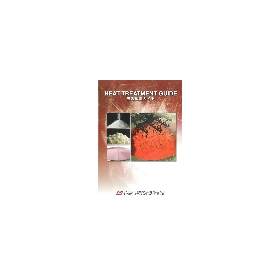Extending life and longevity through ceramic thermal spraying.
"Thermal spraying" refers to a technology that involves heating materials such as metals or ceramics, turning them into fine particles, and spraying them onto the surface of a substrate using a high-temperature, high-pressure gas flow or plasma. This process allows for the imparting of properties such as wear resistance, corrosion resistance, heat resistance, and thermal insulation to the surface of the substrate. Broadly, thermal spraying can be divided into two categories: one aimed at "high functionality," such as wear resistance, corrosion resistance, heat resistance, and rust prevention, and the other aimed at "repair and regeneration" of worn parts. Thermal spraying has a wide range of applications as a surface treatment technology and contributes to the enhancement of product functionality and the extension of service life. Plasma thermal spraying - ceramic thermal spraying is a type of thermal spraying technology that generates high-temperature plasma gas using electrical energy, melting or softening the material within it and spraying it onto the substrate. It is particularly suitable for coating high-melting-point materials such as ceramics, forming coatings with high adhesion and durability.
Inquire About This Product
basic information
■Plasma (PLASMA) Thermal Spraying - Characteristics of Ceramic Thermal Spraying 1. Capable of forming coatings with high melting point materials Utilizing high temperatures (up to over 15,000°C), difficult-to-process materials such as ceramics and high melting point metals can be melted. 2. A wide range of materials can be used Ceramics (such as aluminum oxide, zirconium oxide), metals, alloys, composite materials, etc. 3. High adhesion and precision Coatings with high adhesion and uniformity can be formed. 4. Minimal thermal impact on the substrate Since the coating cools and solidifies on the surface of the substrate, the properties of the substrate itself do not change significantly.
Price range
P3
Delivery Time
P3
Applications/Examples of results
■Plasma (PLASMA) Thermal Spraying - Applications of Ceramic Thermal Spraying - Aerospace Industry Heat-resistant coatings for gas turbine blades and jet engine components. - Automotive Industry Improvement of wear resistance and heat resistance for engine parts and exhaust systems. - Medical Field Ceramic coatings to enhance biocompatibility for artificial joints and dental implants. - Industrial Machinery Wear and corrosion protection for pump parts, rollers, cylinders, etc. - Electronic Devices Providing insulation or conductivity, thermal barrier coatings.
Company information
At Kyoshin Surfacing, we utilize surface modification technologies such as "thermal spraying" and "build-up welding" to add functions tailored to specific purposes such as "wear resistance," "corrosion resistance," "heat resistance," and "rust prevention" to areas of products and production equipment that require surface modification. This contributes to cost reduction for our customers through extended product lifespan. We have established a comprehensive system that covers everything from design and engineering to production and machining. In 2024, we were selected as one of the "100 Representative Companies of Hiroshima." *ISO 9001:2015 certified *Thermal spraying is a technique that involves heating materials such as metals or ceramics, turning them into fine particles, and spraying them onto the surface of a substrate using a high-temperature, high-pressure gas flow or plasma. This process allows for the addition of properties such as wear resistance, corrosion resistance, heat resistance, and thermal insulation to the surface of the substrate. Thermal spraying has a wide range of applications as a surface treatment technology and contributes to the enhancement of product functionality and lifespan. *Build-up welding is a technique aimed at repairing worn or damaged parts or reinforcing the surface of components by welding metal onto the base material to increase its thickness.




![[Spraying Case] Far Infrared Effect](https://image.mono.ipros.com/public/product/image/e80/2000208044/IPROS7104508241326970191.jpg?w=280&h=280)







